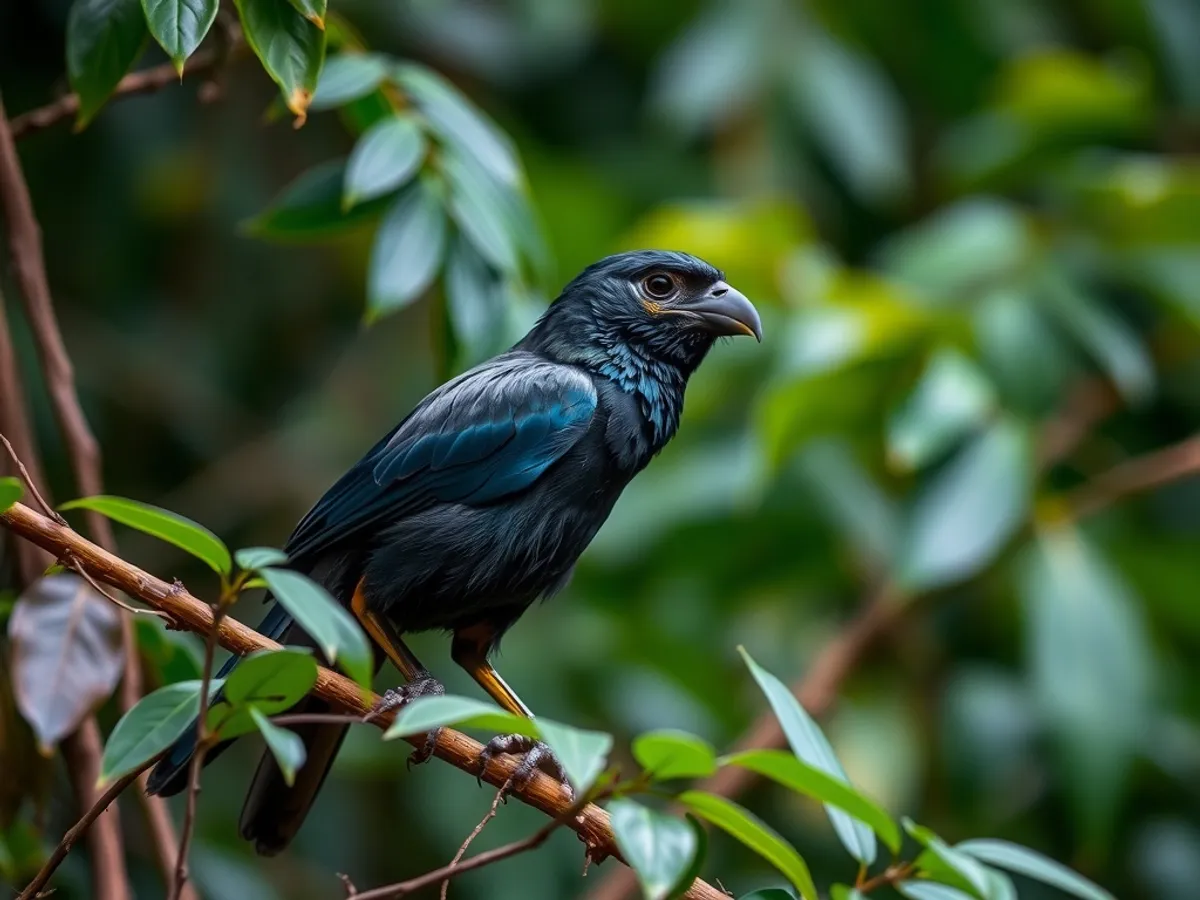
Dusky Lory
Pseudeos fuscata
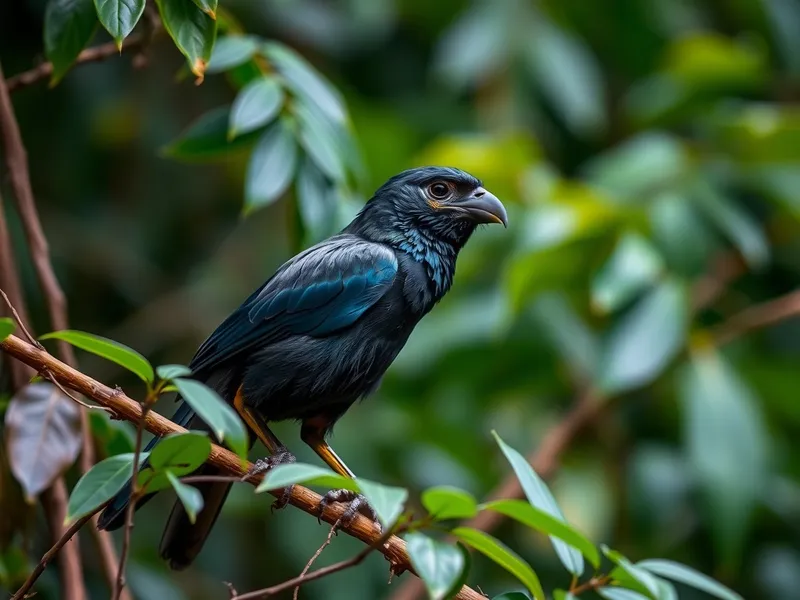
Meet the Dusky Lory
The Dusky Lory is a medium-sized, vibrantly colored parrot native to New Guinea and surrounding islands. It is renowned for its striking plumage, featuring a dark brown or dusky head and body, contrasted by bright orange patches on the belly and thighs, and vivid blue or yellow markings depending on the subspecies. Highly social and energetic, Dusky Lories live in flocks and are known for their playful and curious nature. Their specialized brush-tipped tongues enable them to feed efficiently on nectar and pollen, making them important pollinators in their ecosystem.
Classification
Bird
Habitat
Lowland and foothill rainforests
Diet
Herbivore
Lifespan
15-25 years
Conservation
Least Concern
Weight
200-260 grams
📖Fascinating Facts
Nesting Habits
Dusky Lories typically nest in tree cavities, where the female lays two eggs and incubates them for about 24 days.
Nectar Feeders
They primarily feed on nectar and pollen, often seen foraging in flowering trees alongside other lory species.
Playful and Intelligent
Known for their intelligence, Dusky Lories can learn simple tricks and enjoy interacting with toys and enrichment activities.
📋Detailed Description
The Dusky Lory (Pseudeos fuscata) is a medium-sized parrot, measuring approximately 24 cm (9.5 inches) in length and weighing between 120–145 grams. Its plumage is predominantly dark brown to blackish on the head, neck, and upperparts, with a characteristic white or pale patch on the rump and vivid orange or red-orange coloration on the belly, thighs, and under-tail coverts. Some individuals display blue or yellowish markings on the wings, and subtle differences in coloration exist between the two recognized subspecies (P. f. fuscata and P. f. trivirgata). The bill is robust and orange, the iris is red, and the legs are grey. Dusky Lories possess a specialized brush-tipped tongue adapted for extracting nectar and pollen from flowers, a trait unique to lories and lorikeets. Their zygodactyl feet (two toes forward, two back) aid in climbing and manipulating food. These parrots are highly gregarious, often forming flocks of 10–20 individuals, though larger aggregations may occur at abundant food sources. Their vocalizations are loud and varied, including screeches, whistles, and chattering. Dusky Lories are diurnal, spending most of the day foraging and engaging in social interactions. They are agile fliers and adept climbers, using their beaks and feet to navigate the forest canopy. Breeding occurs in tree cavities, and pairs exhibit strong monogamous bonds. Their role as pollinators is ecologically significant, as they facilitate the reproduction of many native plant species.
💡 Did you know?
Unlike many parrots, Dusky Lories have two color morphs—yellow-bibbed and orange-bibbed—that can appear within the same flock.
🔬Research & Sources
Wikipedia Summary
The dusky lory is a species of parrot in the family Psittaculidae. Alternative common names are the white-rumped lory or the dusky-orange lory. It is found in New Guinea and the offshore islands of Batanta, Salawati and Yapen. They are also known as "banded lories" or "duskies".
Last Modified: 11/26/2024
🎭Behavior & Social Structure
Dusky Lories are highly active and social, displaying complex flocking behavior and frequent mutual grooming (allopreening), which reinforces social bonds. They communicate through a repertoire of calls, including contact calls to maintain group cohesion and alarm calls in response to predators. Feeding is primarily on nectar and pollen, supplemented by soft fruits, berries, and occasionally seeds and insects. Their brush-tipped tongues allow them to efficiently lap up nectar from flowering trees, particularly from genera such as Eucalyptus, Syzygium, and Melaleuca. Foraging is typically communal, with flocks moving rapidly between feeding sites. They are known for their playful antics, including hanging upside down and engaging in aerial chases. Roosting occurs in groups, often in tall trees near feeding grounds. During the hottest part of the day, they may rest quietly in the canopy.
👶Reproduction & Life Cycle
Dusky Lories are seasonally monogamous, forming long-term pair bonds. Breeding can occur year-round in equatorial regions, but peaks are often observed during periods of increased food availability, typically from June to December. Nests are established in natural tree cavities, often high above ground. The female lays 2–3 white eggs per clutch, which she incubates for approximately 24–25 days. During incubation, the male provides food to the female. After hatching, both parents participate in feeding the chicks, regurgitating a mixture of nectar, pollen, and fruit. Fledging occurs at around 7–8 weeks of age, but juveniles may remain with the parents for several weeks post-fledging, gradually integrating into the flock.
🛡️Adaptations & Survival
Key adaptations include the brush-tipped tongue for nectar feeding, which consists of papillae (tiny hair-like projections) that efficiently collect liquid food. Their strong, curved bill is adapted for manipulating flowers and soft fruits. Zygodactyl feet enhance climbing ability, allowing them to access food sources in the upper canopy. Their vibrant plumage may serve as camouflage among brightly colored flowers and fruits, as well as in social signaling. The species' high sociability and vocal communication facilitate coordinated foraging and predator avoidance. Physiologically, they have a rapid digestive system suited to a high-sugar, low-fiber diet.
🎨Cultural Significance
Dusky Lories are admired for their striking appearance and playful nature, making them popular in aviculture. In some regions of New Guinea, they are featured in local folklore and are occasionally kept as pets by indigenous communities. Their feathers may be used in traditional adornments, though this is less common than with other bird species. Their ecological role as pollinators is recognized by local peoples, who associate their presence with healthy forests.
🔬Recent Research & Discoveries
Recent studies have focused on the Dusky Lory's role in pollination networks within New Guinea's rainforests, highlighting their importance for the reproduction of several endemic plant species. Genetic analyses have clarified the phylogenetic relationships within the genus Pseudeos, supporting the distinction of two subspecies. Behavioral research in both wild and captive populations has documented complex social structures and vocal learning. Ongoing ecological monitoring aims to assess the impact of habitat alteration and climate change on their distribution and breeding success.
🎥Wildlife Videos
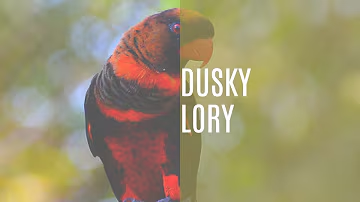
The Dusky Lory: A Bird of Vibrant Personality
Dive into the World of Dusky Lories (Pseudeos Fuscata) Welcome to our channel, where we invite you to explore the ...
Sounds Of Nature For All

Amazing video for The Dusky Lory is a small parrot that boasts a striking appearance with its bright
Amazing video for The Dusky Lory is a small parrot that boasts a striking appearance with its bright orange chest, grey legs, cream ...
NATIONAL GEOGRAPHIC (THE WORLD)
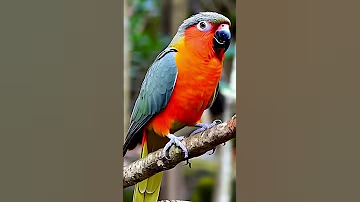
Amazing video for The Dusky Lory is a small parrot 16 k
Amazing video for The Dusky Lory is a small parrot that boasts a striking appearance with its bright orange chest, grey legs, cream ...
NATIONAL GEOGRAPHIC (THE WORLD)

Wildlife's Rebirth - A True Natural Treasure | Free Documentary Nature
Wildlife's Rebirth in the Old Mine | Wildlife Documentary Watch 'Wild Canada - Nature's Untamed Beauty | Full Series' here: ...
Free Documentary - Nature

LEGENDS OF THE RED DUST | Tsavo’s Predators Unleashed #naturedocumentaries | Wild Nature
LEGENDS OF THE RED DUST | Tsavo's Predators Unleashed #naturedocumentaries | Wild Nature Welcome to a wild and ...
WILD NATURE - Nature animal documentary
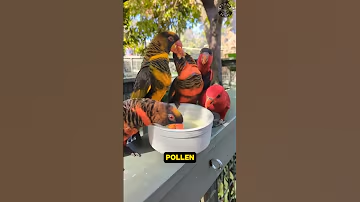
Dusky Lory: Nature's Colorful Master of Camouflage
Dusky Lory: Nature's Colorful Master of Camouflage The Dusky Lory is a vibrant parrot native to Indonesia and nearby islands, ...
Wildfree Nature
🌍Habitat Information
The Dusky Lory typically inhabits Lowland and foothill rainforests environments. Dusky Lorys have adapted to their environments with specialized features and behaviors.
Primary Habitat:
Lowland and foothill rainforests
More detailed habitat information will be available soon.
🛡️Conservation Status
The Dusky Lory is currently classified as Least Concern. Conservation efforts are crucial for preserving this species for future generations.
Common Threats:
- 🏠Habitat loss and fragmentation
- 🌡️Climate change impacts
- 🎯Hunting and poaching
- 🏭Human-wildlife conflict
⚠️Threats & Conservation Challenges
Currently assessed as Least Concern by the IUCN, Dusky Lories have stable populations across much of their range. However, localized threats include habitat loss due to deforestation for agriculture and logging, particularly in lowland forests. Capture for the pet trade has historically impacted some populations, though this is less significant than for other parrot species. Disease transmission, especially in areas where wild and captive birds interact, poses a potential risk. Climate change may alter flowering patterns, affecting food availability. Ongoing habitat protection and monitoring are essential to ensure long-term stability.
🔬Scientific Classification
Scientific Name
Pseudeos fuscata
Classification Hierarchy
🔍 About Taxonomic Classification
Taxonomic classification is a hierarchical system used by scientists to classify and organize living organisms based on shared characteristics and evolutionary relationships.
The system moves from broad categories (Kingdom) to increasingly specific ones, with each animal's scientific name typically consisting of its Genus and species.
📝Community Notes
Share your observations and insights about the Dusky Lory with our community of wildlife enthusiasts.
Join Our Community
Sign in to share your observations and connect with fellow wildlife enthusiasts.
Sign In to ContributeNo community notes yet
Be the first to share your observations about the Dusky Lory!
Explore Dusky Lory
Select a tab above to learn more about this amazing animal.
📸Photo Gallery
No photos available for this animal yet.
🌟Discover More Wildlife
Continue your journey of discovery with more fascinating animals from our database
